-
Aboriginal
- Artwork
- Bags
- Bath and Body
- Boomerangs
- Coasters & Placemats
- Cufflinks
- Cushions
- Jewellery
- Scarves
- Socks
- Souvenirs
- Stationery
- Tablecloths & Runners
- Teatowels
- Ties
- Wrapping Paper
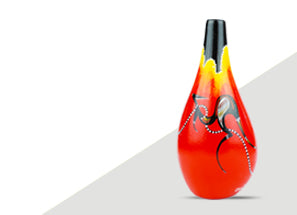
-
Artists

-
Bath and Body
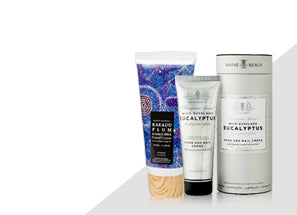
-
Clothing
- Adult Tshirts
- Adult Ladies Tshirts
- Bibs
- Childrens Tshirts
- Gloves
- Hats
- Leather Wallets
- Scarves
- Socks/Footwear
- Ties
- Winter Scarves

-
Homewares
- Aboriginal
- Aprons
- Bags
- Ceramics
- Christmas Decorations
- Clocks
- Coasters
- Cushions
- Foods
- Glass
- Picture Frames
- Placemats
- Tablecloths & Runners
- Teatowels
- Timber Trivets
- Window Decals
- Wine Charms
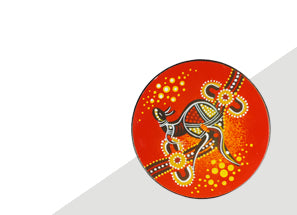
-
Jewellery
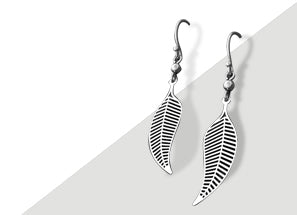
-
Souvenirs
- Books
- Can Coolers
- Childrens
- Chocolates
- Gold Pins
- Jerky
- Keyrings
- Leather
- Magnets
- Mouse Pads
- Pewter
- Skins
- Soft Toys
- Two Up
- Wind Spinner
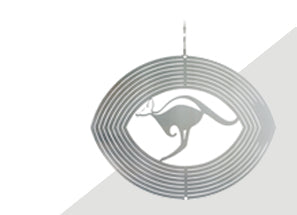
-
Stationery
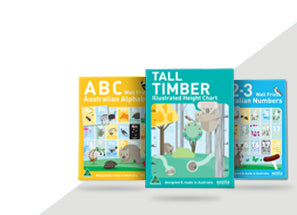
-
Timber
- Banksia
- Bookmarks
- Christmas Decorations
- Clocks
- Coasters
- Frames
- Pens & Accessories
- Puzzles & Toys
- Trivets
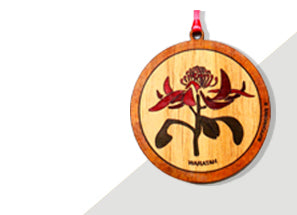
Australian Opals
| Black Opal |  |
|
Black Opal is characterised by a dark body tone causing brightness of colour which is unmatched by lighter opals. Black Opals are usually mined in Lightning Ridge, New South Wales, and are the most famous, and sought-after type of opal. The term 'black opal' does not mean that the stone is completely black (a common mistake), it simply means the stone has a dark body tone in comparison to a white opal. |
|
| White Opal |  |
|
White Opal. |
|
| Boulder Opal |  |
|
Boulder opal forms on ironstone boulders in Queensland. This type of opal is often cut with the ironstone left on the back, as the opal seam is usually quite thin. Leaving the ironstone on the back means that boulder opal can be very dark and beautiful in colour. The opal forms within the cavities of the boulders in both vertical and horizontal cracks. Boulders vary in shape and size, from as small as a pea, to as big as a family car. Boulder Opal has a tendency to cleave; when cleaved the "split" leaves two faces of opal, with a naturally polished face. |
|
| Doublets & Triplets | |
|
Doublets and triplets consist of a paper-thin slice of opal cemented to a black backing. Triplets have, in addition to this, a clear quartz or glass capping over the top to magnify the colour, protect the stone, and give it a cabochon (domed) appearance. The idea of doublets and triplets is to imitate valuable black opals at a fraction of the cost. |
|
| Solid Opal |  |
|
Most cutters prefer to produce the opal as a solid cut 'en cabochon' if the gem is sufficiently thick. The opal is left in its natural state and simply shaped and polished on the cutter's wheel. |
|
| Doublet Opal |  |
|
A thin veneer of opal may show enhanced colour with a dark backing of either black or grey silica material, or a thin slice of common opal cemented to the back of the opal with epoxy resin. |
|
| Triplet Opal |  |
|
A slice of quartz may be used to cap the thin opal veneer to protect it from abrasion. This produces a three-tiered gemstone known as a triplet, which can often display brilliant colours. It is a cheaper method of presentation and can enhance the appearance of the opal. |
|









